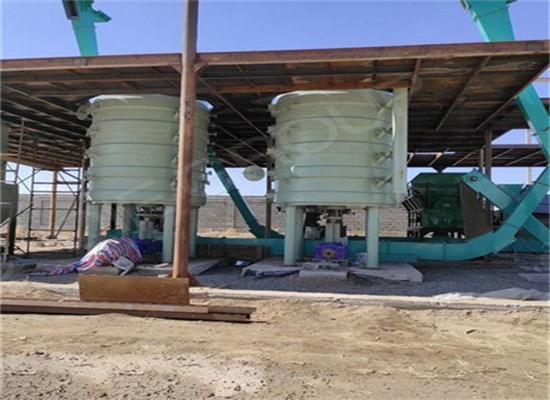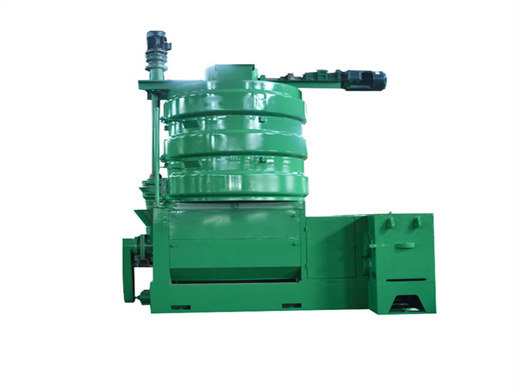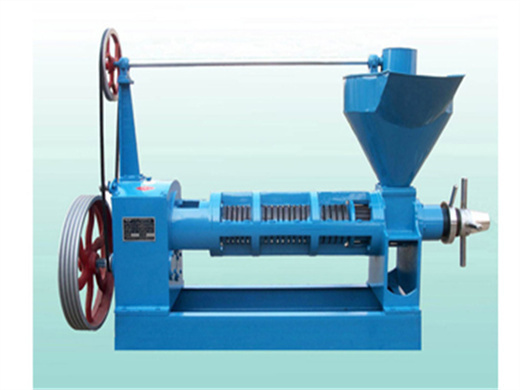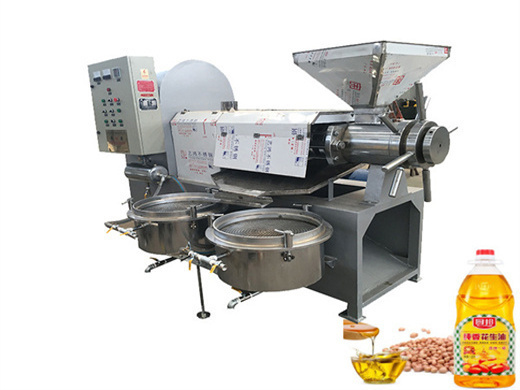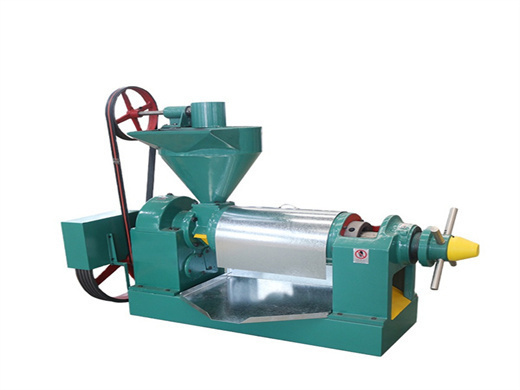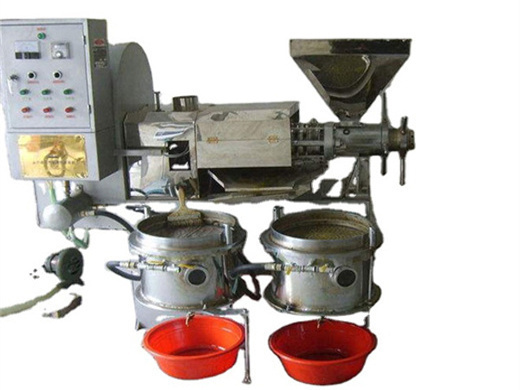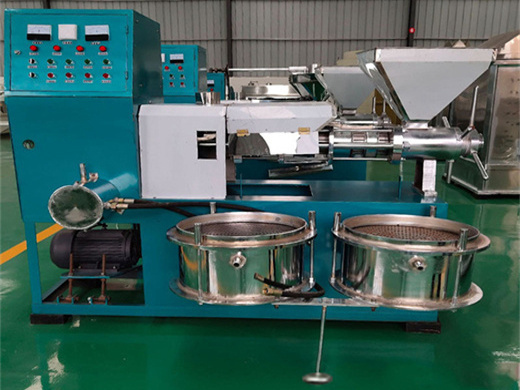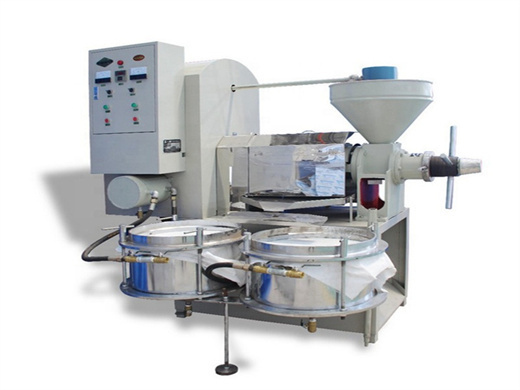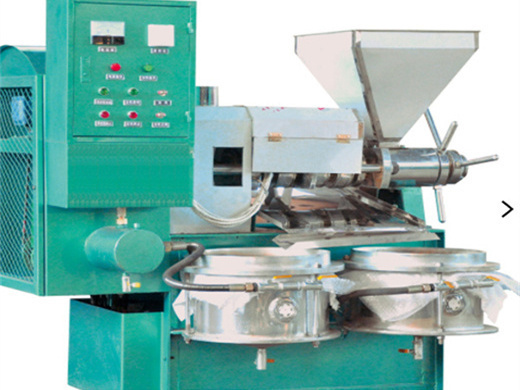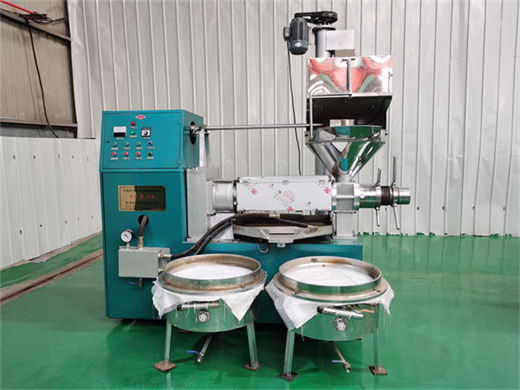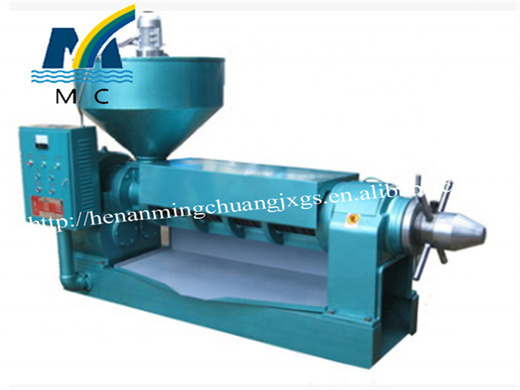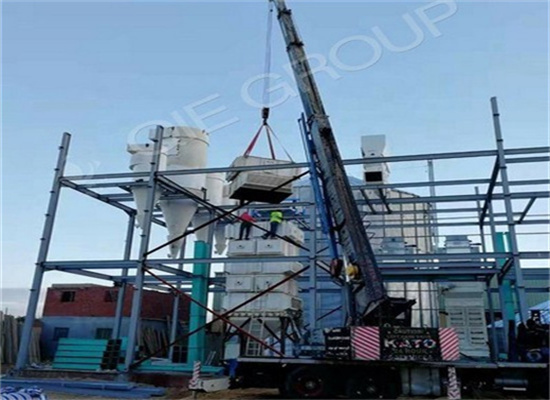residual oil of defatted cake peanut oil expeller
- Usage: Peanut oil filter
- Type: Peanut oil filter
- Production Capacity: 400~600kg/h
- Voltage: 220V/380V
- Power(W): 18.5kw
- Dimension(L*W*H): 1500*1600*2500mm
- Weight: 2000kg
- Keywords: Peanut oil filter
- Raw material: Peanut Seed
- Advantage: Energy Saving
- Machine Material: Part of are stainless steel
- Warranty: 1year
- Residual: Less than5%
- Supplier strength: with 30 years experiences
- Machine color: According customer needs
- Product name: Peanut oil filter
- Business type: manufactory
Approx. residual oil in cake OE _____ Cake from oil expeller OE 1-7% process OE 1.5-9.5% OE 2-12% OE 3-17% OE 4-22% OS Cake from solvent OS 1-less than 1% residual oil extraction process OS 2-2 to 3% residual oil S . Steam scrubbed to remove S 10-steamed 10 minutes, etc. raw peanut flavor
The products containing 10% peanut cake meal were found to be acceptable. Expeller pressed partially defatted peanut cake obtained from skin-free kernels was used as graded supplements in the preparation of breads, sweet buns, cupcakes and yeast-raised doughnuts and products containing 10% peanut cake meal were found to be acceptable.
Determination and isolation of protein from different
- Usage: Screw Peanut Oil Press Machine
Production Capacity: 1TPD, 10TPD, 100TPD - Voltage: 380
- Power(W): 5.5KW~15KW
- Dimension(L*W*H): 2200*1600*2150
- Weight: 780kg
- Certification: CE ISO
- Capacity of cold pressed Peanut oil: 35kg-400kg/h
- Material of cold pressed Peanut oil: Stainless Steel SS304/316
- Residual oil rate: 5~7%
- Raw material: Peanut Seed
- Warranty period: 12 months
- Application range: Oil Production Line
- Feature of cold pressed Peanut oil: High Oil Yield Efficiency
- Function of cold pressed Peanut oil: Produce High
- Character: Screw Oil Pressing Machines
extraction of oil. The expeller cake generally contains about 6% oil. The residual oil is recovered through sol-vent extraction to obtain defatted cake. Defatted cake contains 45 to 60% protein, 20 to 30% carbohydrate, 3.8 to 7.5% crude fiber and 4 to 6% minerals. Groundnut oil cake showed as a good source of lipid
expeller press to obtain crude edible oil and partially defatted cake contain- ing 35 to 40% proteins, as a byproduct. In a traditional method of expeller pressing, whole kernels are mixed with a small proportion of hulls (1-2%) to facilitate oil extraction. This yields a partially defatted cake rich in
Processing of commercial peanut cake into food-grade meal
- Usage: Peanut Oil, Cooking Oil
- Production Capacity: 10TPD
- Voltage: 220V380V
- Dimension(L*W*H): 1.2*0.78*1.1m
- Weight: 300 KG
- Core Components: Motor, Pressure vessel, PLC
- Oil type: Peanut Oil
- item: 6YL-80 home press machine oil integrated oil press machine
- Method to press: : Screw Squeezed Press
- type: oil pressers cold press oil machine
- Raw material: Vegetable Seeds Oil Press Machine
- Function: 6YL-80 home press machine oil integrated
- Application range: kernel oil press machine shell Peanut screw oil press production line
- Oil cake diameter: : 192mm
- Advantage: High Oilput
- Product name: oil making machine
The commercial cake produced during expeller pressing of peanuts was extracted with n-hexane, and 80% ethanol followed by sieving through 80 mesh, to remove residual oil, pigments, bitter taste and fibrous material, and the processed meal exhibited comparable composition with defatted peanut flour prepared in the laboratory by solvent extraction of full-fat peanut meal.
Defatted groundnut cake obtained from commercial oil processing units and that prepared in laboratory oil expeller (LOE) were analyzed for quality parameters. Defatted groundnut cake flour (DGCF) was incorporated at 15–100% levels in laddoo, chutney powder, fryums (deep fried crisp and crunchy item), biscuits, noodles and extruded snacks.
Defatting and Defatted Peanuts: A Critical Review on
- Usage: Cooking Oil
- Type: Peanut Oil Extraction Machine
- Voltage: 380V/220V/Customized
- Dimension(L*W*H): 2005*1610*2010(mm)
- Weight: 1280 KG
- Core Components: Motor, Gear, Engine, Gearbox
- Oil type: Peanut Oil
- After Warranty Service: Video technical support, Online support, Spare parts
- After-sales Service Provided: Video technical support, Online support,attrValueId: 190000884
The growing interest in the bio-functional properties of peanut oil and defatted peanuts. has established them as significant subjects of study. This review stands as a pioneering.
Peanuts, being crucial crops of global importance, have gained widespread recognition for their versatility and nutritional value. In addition to direct consumption, either with or without treatment, peanuts can be the subject of diverse applications focusing mainly on two distinct objectives: oil extraction and defatting processes. As a result of the first process, a solid matrix is generated
Processing of commercial peanut cake into food
-
Usage: Peanut oil
- Type: screw oil machine, screw oil machine For Multi edible Oil
- Production Capacity: 250-400kg/h
- Model Number: 6YL-screw oil machine
- Voltage: 380V
- Power(W): 15w
- Dimension(L*W*H): 2500x1600x2500mm
- Weight: 950 kg
- Certification: CE,BV & ISO9001
- staff requirement: 1-2 persons to operate screw oil machine
- space requirement: 60-80 square meter for screw oil machine
- usage: press oil seed/material Peanut seed
- Color: according to customer's requirement
- Operating ways: Safe and simple
- quality: life-long machine
- features: low investment and high output
- Application: screw oil machine
- main market: sale hot,South Africa,Cuba,Syria
The commercial cake produced during expeller pressing of peanuts was extracted with n-hexane, and 80% ethanol followed by sieving through 80 mesh, to remove residual oil, pigments, bitter taste and fibrous material. The processed meal exhibited comparable composition with defatted peanut flour prepared in the laboratory by solvent extraction of full-fat peanut meal. However, the processed cake
The extrudates were immediately pressed in order to minimize re-absorption of the oil into the matrix using a horizontal screw press.[4, 8] To produce a press cake with an enough high quality to be suitable for food use, a single pass through the expeller was used. Multi-pass or two-stage expelling operations caused excessive heating
- How is oil extracted from an expeller cake?
- Typically the expeller cake containing 8¨C12% residual oil is conditioned to 10% moisture, flaked, and extracted with hexane in either percolation- or immersion-type extractors. Immersion extractors yield excellent oil recovery but filtration of the miscella is needed to remove fines.
- How to extract residual oil from roasted peanuts?
- The residual oil was recovered using n-hexane solvent extraction after continuous pressing. Peanuts that had been roasted at 180 °C for 10 min were ground into powder, treated with n-hexane, and agitated at 200 rpm for 2 h. The process of extraction was repeated twice using n-hexane.
- What is a good moisture content for Expeller processing?
- For straight expeller processing into meal and oil, a moisture content of 3.5¨C4.5% at 115 °C going to the expeller is typical. Higher moistures are employed in prepress/solvent operations because a softer cake results which can be broken and flaked for solvent extraction.
- How to extract oil from peanuts?
- Chemical methods of oil extraction from peanuts. 3.1. Organic Solvent Extraction When extracting oil from oilseeds, the organic solvent is used to separate crude vegetable oil from the meal, which contains both proteins and carbohydrates too. The most frequently utilized organic solvent for this process is hexane [ 18, 71 ].
